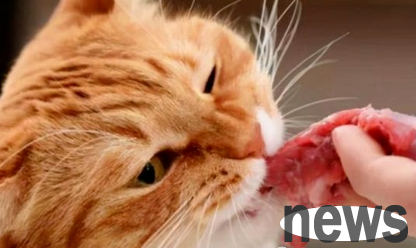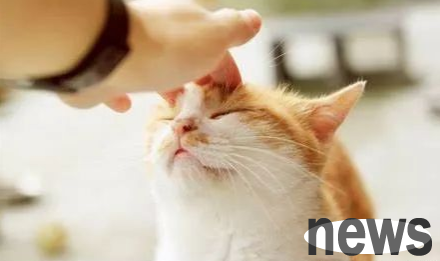Cats, dogs and humans all need five major nutrients: protein, fat, carbohydrates, vitamins and minerals. However, since cats are carnivorous animals, their digestive absorption and nutritional needs are slightly different from those of dogs and huma...
Cats, dogs and humans all need five major nutrients: protein, fat, carbohydrates, vitamins and minerals. However, since cats are carnivorous animals, their digestive absorption and nutritional needs are slightly different from those of dogs and humans.

Most cat slaves know that cats are typical carnivores, and their bodies rely mainly on digesting proteins and fats as energy sources, although they can also consume small amounts of carbohydrates.
This special dietary habit originated from the fact that cat ancestors hunted small animals in harsh environments and gradually evolved the physiological characteristics of adapting to carnivorous. But why can cats consume a lot of protein without suffering from diseases such as hyperammonia? Let’s get a deeper understanding of cats’ unique metabolic and nutritional needs!
In the cat's diet, the proportion of basic nutrients is: about 55% protein, 25% to 45% fat, and 9% to 12% carbohydrates. The proportion will vary slightly according to the living environment of the cat (such as domestic cats and wild cats are different)
Because cats are carnivorous animals, they have some unique metabolic characteristics and nutritional needs:
The cats lack amylase in the mouth: this means that they cannot effectively digest large amounts of carbohydrates. Cats' digestive system is more suitable for digesting protein and fat.
Small stomach capacity: Compared with other animals, cats have smaller stomach capacity and cannot store a large amount of food like dogs. Therefore, they are suitable for eating small and multi-meal meals.
Protein metabolism: The cat's body can convert the large amount of protein it consumes into glucose as an energy source. This property allows cats to meet their energy needs by digesting and utilizing proteins.
Essential amino acids: Cats need to obtain certain essential amino acids from food, such as arginine and taurine. The lack of these amino acids can lead to serious health problems such as hyperammonia, heart disease, etc.
Vitamin requirements: Cats cannot synthesize vitamin A and niacin themselves, so they need to be taken from food. These vitamins are very important for cats' growth and immune function.
Protein
The demand for protein in cats is extremely important because protein not only provides energy, but also participates in the body's metabolic synthesis, such as the synthesis of cells, muscles and hair, and hormone operation. Proteins are composed of a combination of multiple amino acids, among which the body can synthesize itself is called non-essential amino acids, while those that cannot be synthesized themselves are called essential amino acids.
Cats can obtain rich essential amino acids (such as arginine, taurine) by ingesting fresh whole meat foods, so cats that eat meat at every meal usually do not have insufficient protein intake. One of the characteristics of a cat's body is its ability to continuously digest and absorb protein. Its rapid processing system can not only convert protein in the diet into energy, but also prevent the occurrence of hyperammonia, which is also the reason why cats have a high demand for protein.
In contrast, if a cat ingests too little protein, it can cause serious illness. For example, not taking foods containing arginine in a meal may lead to hyperammonia, which may even be life-threatening in severe cases; lack of taurine may lead to heart disease, retinopathy and reproductive system diseases. Therefore, ensuring that cats consume enough protein is crucial for their health.

Fat
Cats can digest high-fat foods without physical discomfort. In contrast, excessive fat intake in humans can lead to obesity and gastrointestinal problems. The fat content in cats' diet is usually between 25% and 45%, so fat has the following functions for the cat's body:
convert excess energy into fat to store it for decomposition and utilization when the body needs energy.
per gram of fat can provide twice as much calories than protein and carbohydrates.
provides essential fatty acids that the body cannot synthesize on its own.
Increase the flavor of the food and improve the taste and appeal of the food.
promotes the absorption of fat-soluble vitamins.
Excess fat can be stored subcutaneously or around internal organs, which can protect the organs and insulate the heat.
Therefore, fat is crucial to the cat's body function, which can provide energy, essential fatty acids and protective effects to keep the cat's body healthy and function normally.